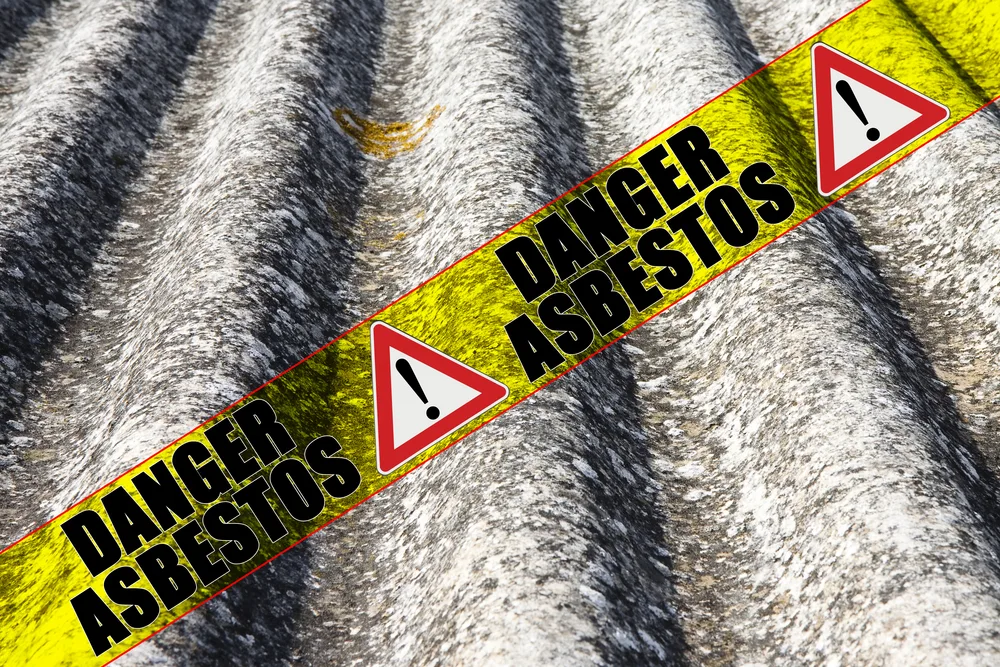These days, a more holistic approach to health and wellbeing is on the rise. Complementary and alternative medicine is growing increasingly popular, with methods like herbal treatment, Reiki energy therapy, and acupuncture reaching a growing audience. Patients want to manage their health with the big picture in mind, rather than simply addressing symptoms. In the realm of cancer treatment, this approach to wellness is gaining traction. Most traditional avenues for treating cancer, such as chemotherapy and radiation, come with a host of undesirable side effects. For many patients, these unwelcome symptoms complicate an already difficult situation, leaving them mentally and physically exhausted. Beyond physical markers like nausea or hair loss and the mental toll of a cancer diagnosis and subsequent appointments, infusions, and surgeries can weigh heavy on patients.
Even in the medical field, things are changing. Doctors are increasingly linking medical treatments with more holistic therapies. These options complement existing treatment plans; rather than replacing chemotherapy or radiation, they augment the existing therapies. By incorporating complementary treatments like massage and Reiki, doctors approach patient health from a new angle, one that considers the comfort and happiness of patients facing difficult but effective chemical treatments. Complementary and alternative medicine is giving patients more options than ever for a big-picture treatment path.
Some studies even suggest a symbiotic relationship between “alternative” complementary treatments and more traditional routes; patients using a variety of methods seem to show improved responses to treatment. The best approach to a patient’s overall health takes into account mental health, stress management, physical comfort, and pharmaceutical care. Oncology massage is one of these treatments; regular massage has been shown to increase a patient’s overall wellness, largely by mitigating some of the most harmful side effects of cancer and its treatment, such as nausea, depression, and chronic pain.
Always check with your doctor before adding massage to your routine.
Massage for Cancer Patients
Safety
Massage can be safe for cancer patients with varying stages and types of illness, though adjustments must be made to certain techniques. In fact, many doctors are now recommending massage to patients undergoing more traditional routes of treatment such as chemotherapy and radiation.
However, to make sure that massage is safe for cancer patients, trained massage therapists adjust their technique to suit each client’s needs and restrictions. Therapists often request permission from a patient’s doctor, depending on the stage of cancer.
Oncology massage targets soft tissues with long, slow strokes that stimulate circulation and promote relaxation. It is not uncommon for clients to doze off or fall asleep during a massage session.
For this reason, it is crucial to always receive oncology massage from a trained and certified oncology massage therapist. The massage therapy industry offers a variety of continuing education classes in schools across the country to ensure that anyone working with cancer patients is equipped to conduct safe massages with the illness in mind.
For most oncology massage, the safest technique avoids contact with any tumors or medicine ports. Therapists focus on gentle and relaxing motions that promote mental wellbeing, rather than deeper, more intense therapeutic work. Because massage promotes a serene mental state, it can help alleviate the insomnia and anxiety that may follow a cancer diagnosis.
Massage as Treatment
For cancer patients seeking relief from a variety of unwanted reactions to chemotherapy or radiation therapy, massage offers hope, peace, and comfort. The healing power of therapeutic touch can help restore calm to patients during a challenging time in their lives. Many patients experience intense anxiety or depression following a diagnosis, which in turn can create a host of other problems including insomnia, irritability, and loss of appetite.
As a result, cancer patients often turn to massage therapy. The practice of massage therapy dates back centuries; natural healers regarded massage as a crucial part of medicine in ancient Greece, China, and Egypt. Healers believed that a patient’s mind and body must be in harmony in order to achieve optimal health and healing. Many healthcare providers still hold these values today, and use massage to help patients bring their mind and body into better harmony while alleviating physical and mental pain.
Some medical centers are adding massage to their in-house treatments. Several hospitals offer gentle massage in infusion rooms to patients during chemotherapy treatments. In these cases, hospitals frequently partner with nonprofit organizations who provide therapists. These organizations work with patients to set goals for their massage in order to tailor each session to a patient’s specific complaints.
Benefits for Cancer Patients
Massage therapy can benefit cancer patients in a variety of ways to improve their quality of life. A cancer diagnosis often comes with physical and mental side effects, from nausea and loss of appetite to anxiety and depression. Because cancer patients are already undergoing medical treatment including chemotherapy or surgery, massage therapists must be careful to avoid deep pressures or massaging the area surrounding a tumor. As a result, oncology massage is largely focused on relaxation and mental benefits. Patients often report feeling much less anxious, improved sleeping habits, and better overall daily living after seeking massage therapy.
Massage can help patients experience the following:
- Improved mood
- Increased relaxation
- Better sleep
- Reduced anxiety
- Reduced muscle soreness
- Feeling calmer
- Lower blood pressure
To experience the most effective benefits of massage, it’s important for patients to incorporate massage as a regular part of their routine. Most massage therapists recommend that patients get regular massage, ranging from monthly to weekly sessions.
Types of Massage
Most cancer patients receive Swedish massage, a style of massage that relies on long strokes, kneading, and circular movements to loosen up muscles and encourage circulation. This type of massage can be modified to be fairly gentle, unlike the much firmer deep tissue or shiatsu massage, making it a great fit for patients seeking relaxation.
Therapists use softer, more relaxing movements when working with cancer patients to reduce pain and increase the effectiveness of the massage. The goal of oncology massage is to provide comfort rather than address specific issues that deep tissue or sports massage may treat.
Deep Tissue Massage
Deep tissue massage is not recommended for most cancer patients. This technique uses more intense pressure to access deeper points in the body and deliver relief to chronic soreness.
Effectiveness of Massage
Recently, several studies have been conducted to measure the benefits of massage in cancer patients. In 2010, the National Center for Complementary and Alternative Medicine found that volunteers who received Swedish massage experienced a range of benefits in their biology. They experienced a significant decrease in stress hormones like cortisol and increases in white blood cells called lymphocytes that are a part of the body’s immune system response.
In addition, soft tissue massage improves circulation, which can help patients who are in recovery by aiding the circulation of blood and oxygen in their body. Because massage can affect your blood pressure, always ask your doctor if it will be safe for you. Things like blood clots and blood pressure should be considered before starting a massage regimen.
Patients with scar tissue have also found that frequent massage can help keep muscles loose and gently break up scar tissue.
What to Expect
Because each massage session is individualized to suit a client’s needs and safety, many massage therapists start with a brief interview with the client. In the case of cancer patients, a trained and certified therapist is required. These massage therapists study the methods of massage for cancer patients in order to provide a safe and comfortable experience, avoiding areas that may cause pain or disrupt the patient’s traditional medical treatments. In some cases, therapists will contact their client’s physician to ensure that massage therapy will be safe and effective for the patient. You may be asked to provide doctor’s permission before receiving massage, as certain forms of treatment can exclude a patient from receiving massage. Always ask your physician before seeking any supplementary treatment.
Finding a Qualified Oncology Massage Therapist
In order to find a qualified oncology massage therapist, it’s important to be specific in your search. Look for someone who has been certified and has taken the requisite courses in continuing education to provide the best and safest oncology massage. Make sure that you get approval from your medical provider before adding massage to your routine, and always see a certified oncology massage therapist.



